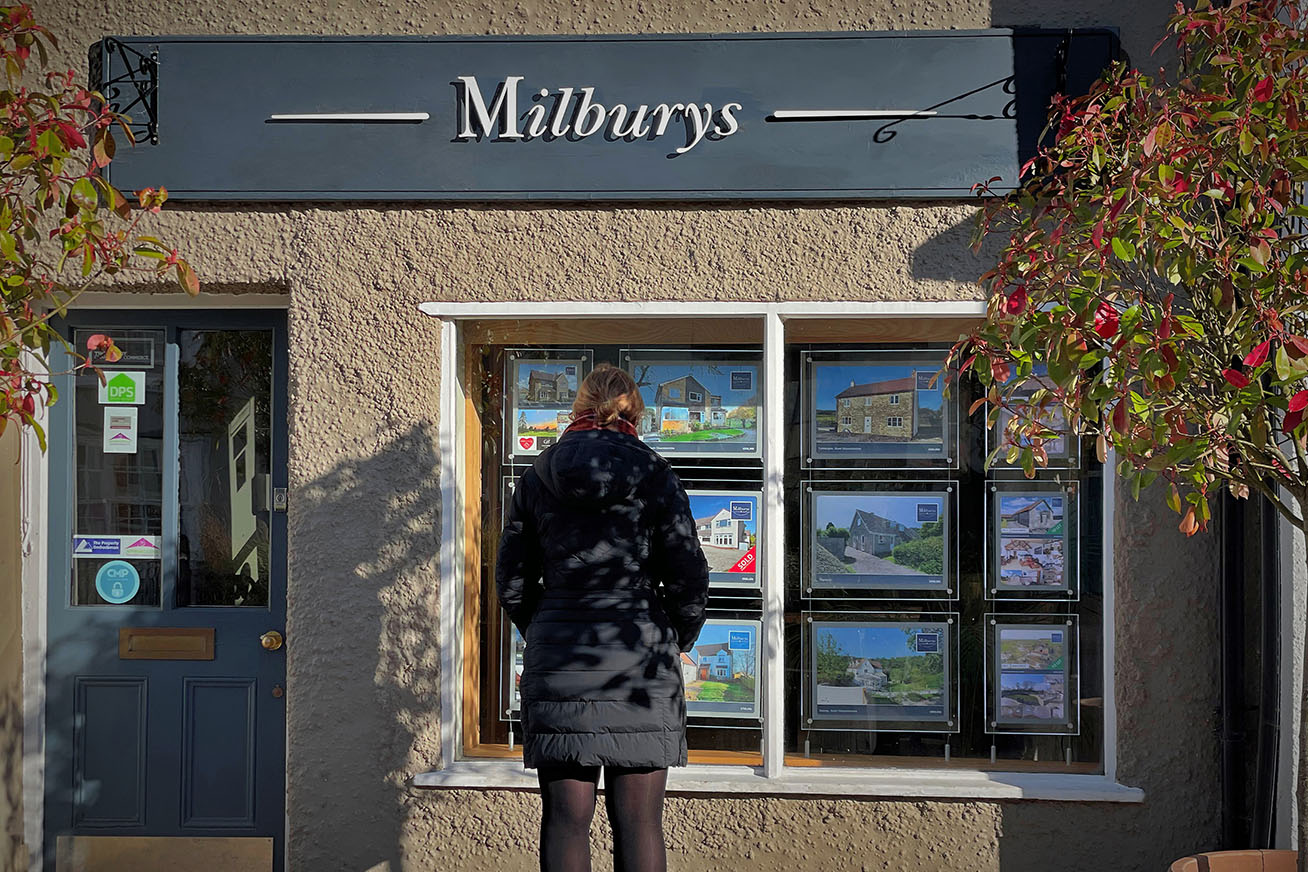Top Tips for Buy-to-Let Success
Are you considering investing in buy-to-let property? With more than four million households in the UK privately rented, it's clear that buy-to-let remains a popular and potentially rewarding investment strategy.
At Milburys, our experienced lettings team is here to help you make informed decisions—from choosing the right location to understanding your responsibilities as a landlord. Read on for our expert tips to help you get the most from your investment.
1. Be Flexible with Location
A common misconception among new landlords is the need to invest close to home. However, broadening your search can lead to better returns. It’s important to compare property prices and potential rental yields across nearby towns and cities.
For example, a neighbouring town might offer properties 25% cheaper than your local area, but with rents only 10% lower—meaning a potentially higher yield and better long-term returns.
2. Know What to Look for in a Buy-to-Let Property
Several key factors should guide your property search:
-
Budget – Set a clear investment limit and calculate whether the rental income will cover your costs.
-
Tenant Type – Are you targeting families, students, or professionals? The tenant profile will impact the type and location of the property.
-
Location Suitability – For example, HMOs near universities appeal to students, while families look for homes close to schools.
-
Rental Potential – Understand local market trends to estimate your potential yield and ensure it covers your obligations as a landlord.
3. Confirm Tenant Demand
Before purchasing, assess the level of demand in your chosen area. Avoid investing in locations with low tenant interest to reduce the risk of void periods.
Focus on proximity to amenities like schools, transport links, shops, and parks—features that attract reliable tenants. Always put yourself in your prospective tenant’s shoes.
4. Choose a Low-Maintenance Property
To safeguard your returns, opt for properties that are easier to maintain. While period homes may offer character, they often come with ongoing repair costs.
If renovations are required before letting, focus on features tenants value most: a neutral décor, good storage, and easy-to-maintain outdoor spaces.
5. Invest in Properties That Let Easily
Properties with broad appeal will help ensure consistent occupancy. While one-bedroom flats may be cheaper to buy, they often attract a narrower pool of tenants.
Two-bedroom houses and apartments tend to offer better rental prospects due to their versatility and popularity.
6. Focus on Long-Term Gains
Buy-to-let is typically more effective as a long-term investment. While short-term property "flipping" carries risks, long-term ownership offers the potential for both regular income and capital appreciation—particularly in growth areas.
7. Understand Your Responsibilities as a Landlord
As a landlord, you have a legal duty to ensure the safety and habitability of your property. Key responsibilities include:
-
Safety Compliance – Install smoke alarms, carbon monoxide detectors, and ensure gas and electrical safety certifications are up to date.
-
EPC Requirements – All properties must have a valid Energy Performance Certificate (EPC) rated E or above.
-
Right to Rent Checks – Verify that tenants have the legal right to reside in the UK to avoid substantial fines or prosecution.
For more on landlord obligations, speak to our team or consult our landlord guide.
8. Maximise Your Rental Income
We offer a detailed rental review to ensure your property is achieving its full potential. Our team can also help reduce void periods between tenancies and recommend property improvements that boost rental value.
9. Capital Growth vs. Rental Yield
Buy-to-let investments can deliver returns in two primary ways:
-
Capital Growth – The property's value increases over time, offering long-term gains when you choose to sell.
-
Rental Yield – The income from rent, typically expressed as a percentage of the property's value. A good yield is around 5%, although HMOs may deliver between 12–15%.
Our experts can help you decide which route aligns best with your goals.
10. Secure the Right Mortgage
Buy-to-let mortgages differ from standard residential loans. Lenders typically require:
-
A 25% deposit
-
Proof that expected rental income exceeds mortgage repayments by 25–45%
-
Higher interest rates and product fees
We recommend obtaining a mortgage agreement in principle early in the process to help speed up your purchase.
11. Factor in Additional Costs
In addition to your mortgage, budget for the following:
-
Solicitor fees
-
Stamp Duty (including additional rates for second homes)
-
Safety certificates and PAT testing
-
ICO registration
-
Insurance and letting agent fees
-
Ongoing maintenance and repairs
Understanding your full financial picture is key to long-term success.
12. Consider Landlord Insurance
While not a legal requirement, landlord insurance protects you against:
-
Loss of rent
-
Tenant damage
-
Fire, flood, and other incidents
-
Liability claims
Most lenders will also require buildings insurance. If the property is furnished, contents insurance is advisable too.
13. Understand Tax Implications
As a landlord, you must report rental income to HMRC. Other tax considerations include:
-
Income Tax – Paid on rental profits after allowable expenses
-
Capital Gains Tax – Applied when you sell a buy-to-let property
-
Inheritance Tax – May apply if you inherit or plan to pass down a rental property
Tax legislation can be complex, so it’s wise to seek advice from a qualified tax professional.
14. The Value of a Letting Agent
Managing a rental property requires time, knowledge, and compliance with ever-changing legislation. A letting agent not only helps with tenant sourcing and legal matters but also provides ongoing peace of mind.
At Milburys, we offer a range of landlord services tailored to how hands-on—or hands-off—you want to be. From tenant find-only to fully managed options, we’re here to support your journey.
15. The Benefits of Buy-to-Let Investment
-
Ongoing Growth Opportunities – Emerging areas across the UK are delivering strong returns.
-
Steady Income – Rental properties offer a regular revenue stream that can support mortgage payments or supplement income.
-
High Demand – Rental properties continue to let quickly, often within 10 days, due to sustained tenant demand.
Why Choose Milburys?
With offices across South Gloucestershire and Gloucestershire, Milburys is uniquely positioned to advise on both local and national rental markets. Our expertise helps landlords make informed decisions, maximise returns, and remain compliant every step of the way.
If you’re considering a buy-to-let investment or would like a rental appraisal on your current property, contact our team today. We’d be delighted to help you start—or grow—your property portfolio.
Read What Our
Customers Say

